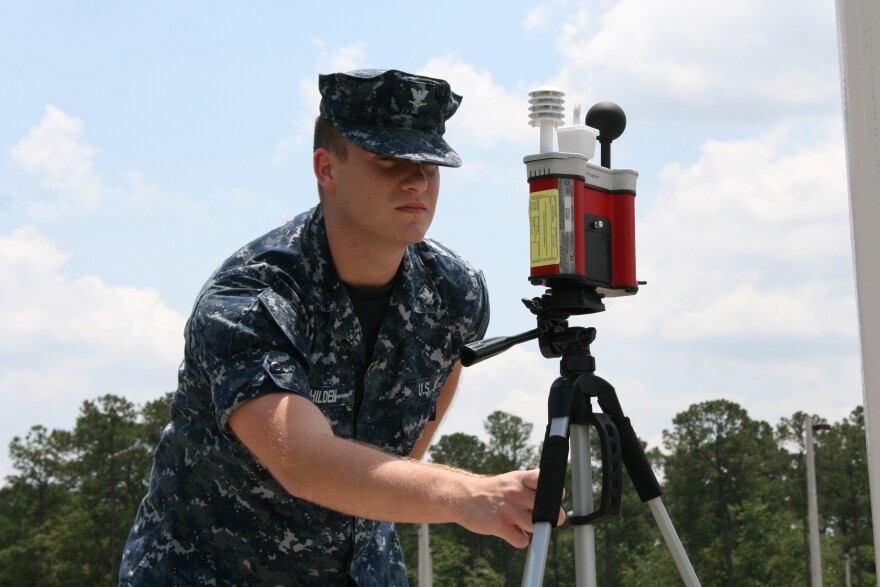Kansas City fans who tuned into the August 16 match between the Current and the Orlando Pride spent a lot of time instead watching as officials took readings from a small contraption on the field.
Over the three and a half hour delay from the scheduled kickoff to the start of play, they repeatedly checked the wet bulb globe temperature to determine when the teams could safely play.
"It's essentially a human measurement of how the body is going to cool based on how much moisture you have in the atmosphere," said Eric Aldrich, University of Missouri Assistant Professor of Atmospheric Science. The WBGT is, he said, based on "a whole bunch of things that includes wind speed, actual air temperature, dew point, relative humidity. Whether or not the sun is shining on you at that moment."
Heat kills more people in the U.S. than tornadoes, floods and hurricanes combined. In 2023, there were 2,325 heat-related deaths, according to the Journal of the American Medical Association, a 256% increase in ten years.
Heat alone doesn't kill. It is what people do in the heat.
"It is exertional heat stroke, not environmental heat stroke," said Scott Anderson, former head football trainer at the University of Oklahoma who has written extensively on heat stroke.
Heat stroke happens when the body can't sweat enough to cool down.
Professional sports teams like the Current have health professionals and standards set by their leagues and players' associations that restrict exertion when it's too hot, but many jobs don't — long periods working construction or agricultural jobs without a break can cause heat injuries and death.
Since 2018, four football players have died at Kansas schools due to heat stroke — one at Garden City Community College, one at Fort Scott Community College, one at MidAmerica Nazarene University in Olathe and one at Shawnee Mission Northwest High School. Most recently, a Dodge City Community College cross-country runner spent at least three weeks in the hospital after collapsing from heat stroke during practice.
The problem is, no organization agrees on exactly what wet bulb temperature is dangerous.
The Kansas Jayhawk Community College Conference bans outdoor activity when the WBGT hits 90 degrees. The Kansas High School Activities Association regulations say 89.8 degrees. The Heartland Soccer Association, one of the biggest youth soccer leagues in America, cancels games when the WBGT is 92 degrees. The United States Marine Corp ends all "non-essential physical activity" with a WBGT of 90.
The standard for the National Women's Soccer League is 92.3 degrees.
"It's brutal: Three o'clock, sun's beaming. We have to have the best interest for everyone who's involved here at the stadium," Pride head coach Seb Hines said after the 0-0 draw, according to CBS Sports.
The brutal summer heat in Kansas City is a concern ahead of FIFA World Cup matches next year, ESPN reported.
A 2008 study in the Journal of Science and Medicine in Sports pointed out other limitations. "WBGT requires careful evaluation of people's activity, clothing, and many other factors, all of which can introduce large errors into any predictions of adverse effects," the study said.
Anderson said WBGT is "overemphasized" by coaches and trainers. "There should be a judgment factor," he told KCUR. "It should not be an independent, deciding factor."
Copyright 2025 KCUR 89.3



